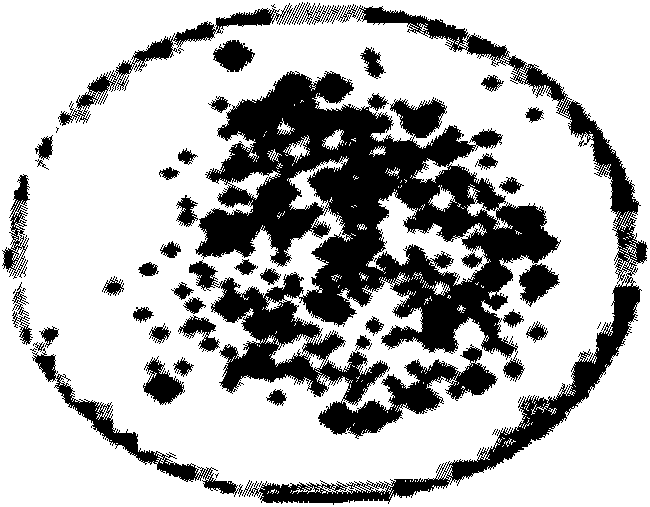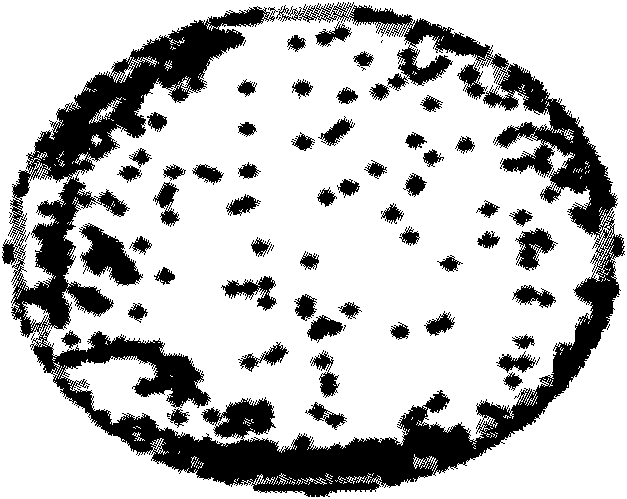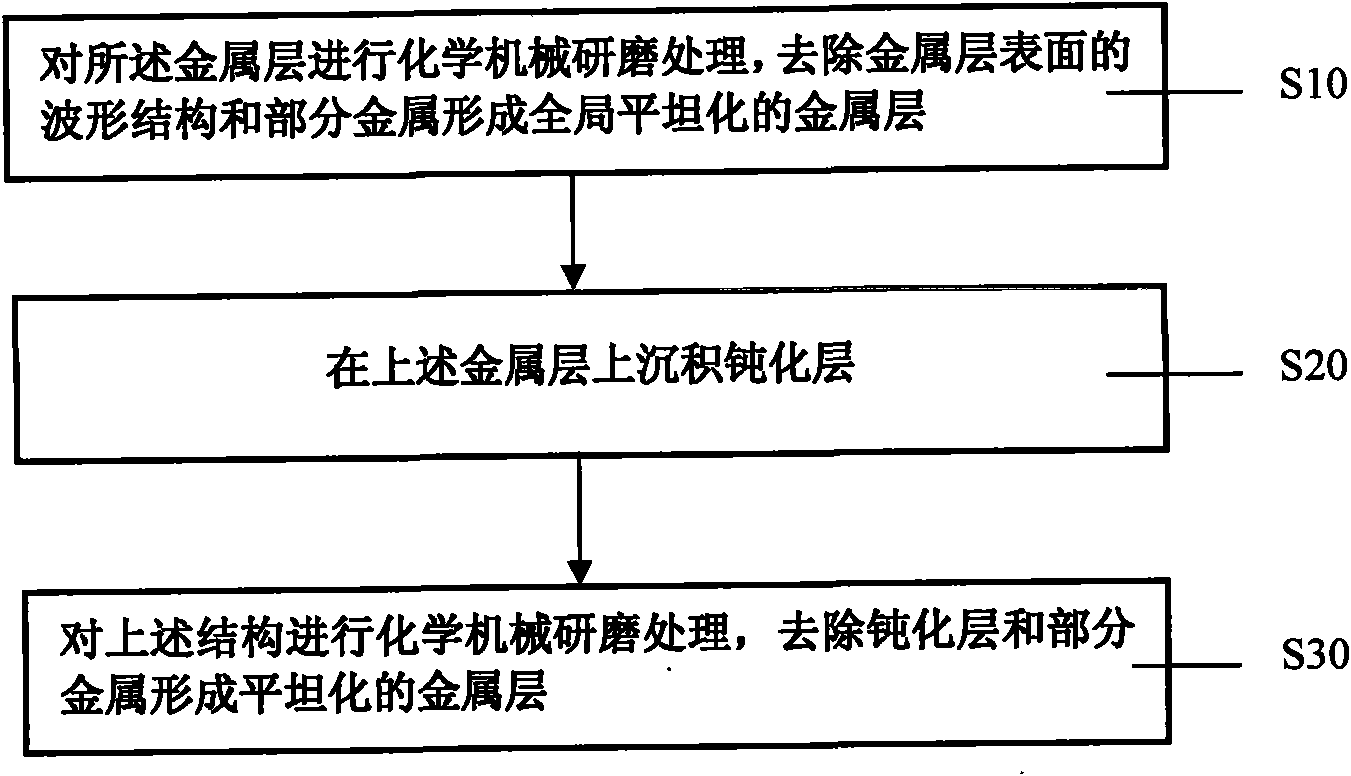Method for reworking metal layer
A metal layer and heavy industry technology, applied in electrical components, semiconductor/solid-state device manufacturing, circuits, etc., can solve problems such as unsatisfactory results, metal surface erosion, chip scrapping, etc., to achieve the effect of improving the final yield
- Summary
- Abstract
- Description
- Claims
- Application Information
AI Technical Summary
Problems solved by technology
Method used
Image
Examples
Embodiment Construction
[0030] In order to better understand the technical content of the present invention, specific embodiments are given and described as follows in conjunction with the accompanying drawings.
[0031] The invention proposes a metal layer rework method, which can greatly reduce metal residue defects, increase wafer output and reduce wafer scrapping.
[0032] Please refer to figure 2 , figure 2 Shown is a flow chart of a metal layer reworking method in a preferred embodiment of the present invention. from figure 2 It can be seen that the present invention proposes a metal layer reworking method, which includes the following steps:
[0033] Step S10: performing chemical mechanical grinding on the metal layer, removing the corrugated structure and part of the metal on the surface of the metal layer to form a globally planarized metal layer;
[0034] Step S20: depositing a passivation layer on the metal layer;
[0035] Step S30: performing a chemical mechanical polishing proces...
PUM
| Property | Measurement | Unit |
|---|---|---|
| thickness | aaaaa | aaaaa |
Abstract
Description
Claims
Application Information
 Login to View More
Login to View More - R&D
- Intellectual Property
- Life Sciences
- Materials
- Tech Scout
- Unparalleled Data Quality
- Higher Quality Content
- 60% Fewer Hallucinations
Browse by: Latest US Patents, China's latest patents, Technical Efficacy Thesaurus, Application Domain, Technology Topic, Popular Technical Reports.
© 2025 PatSnap. All rights reserved.Legal|Privacy policy|Modern Slavery Act Transparency Statement|Sitemap|About US| Contact US: help@patsnap.com



